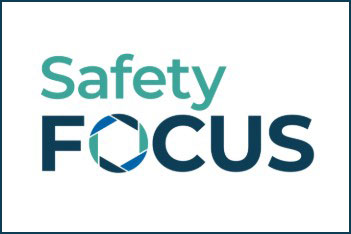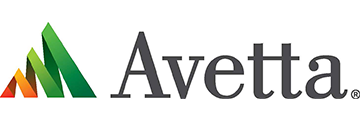
One of the greatest challenges safety professionals face is managing the risks associated with an operation. Risk management depends in large part on effectively communicating risks to decision makers who have the power to address those risks, and instituting appropriate controls to mitigate risks and hazards.
The key to managing risks is knowing the proper steps to take to identify and communicate them to management, as well as controlling risks and monitoring controls. For a risk management program to be truly effective, safety professionals and decision makers must identify and clarify decision parameters, assess risks, make informed safety decisions, monitor the effectiveness of controls and facilitate communication and consultation.
While all of these steps are important, perhaps the most critical is the risk assessment. Companies can’t know what risks and hazards employees face if they aren’t properly identified. A risk assessment is a tangible exercise that helps identify and assess risks within an operation, as well as the potential consequences to safety and the bottom line.
Risk assessments are a great tool, but they will only lead to real results if they are effectively communicated to those who have the power to address the findings. Safety professionals should design risk assessments in such a way that they can be understood by decision makers. These assessments should communicate all operation risks identified, the resulting consequences and potential controls. When used effectively, risk assessments help all involved make more informed safety decisions.
Once risks have been assessed and the consequences determined, it is critical that safety professionals, leadership and other stakeholders be actively involved in addressing those risks to reduce workplace injuries and fatalities and continue a dialogue throughout all risk management.
The risk management process does not end, however, with the implementation of controls. Any risk reduction methods must be monitored for effectiveness to determine whether they are actually reducing incidents of injuries and/or fatalities, or if adjustments are needed. Although risk management is challenging, safety professionals should push themselves and their organizations to be more proactive about addressing risks and develop comprehensive risk assessment and management techniques.
ASSE’s SeminarFest 2018 offers a risk learning track that includes several courses designed to provide attendees with a deeper understanding of risk assessment, risk management and prevention through design, among other topics. To learn more about effectively communicating about risk, read "Communicating & Managing Risk: The Key Result of Risk Assessment," by Bruce Lyon and Georgi Popov in the November 2017 issue of Professional Safety.



